Here are some tips on landscape photography from the landscape and adventure-sport photographer Tom Bol :
1. Consider 3 dimension image
Consider what Tom calls as visual handrail. This is done by considering all the things happening in the foreground that lead the eye to the subject on focus.
Give it three dimensions by having good foreground, middle ground and background. For an example, It is the blending of the foliage in the foreground, the mid-distance lake, and the distant cloud-shrouded mountains that give the photo its depth.
And as another example, when we envision a distant mountains, consider all of the things happening in the foreground that lead the eye to the mountains. It's about having lots of depth of field, and having elements front and center of your frame that lead you the background.
Two picture perfect landscape photos by Helen Nicholson, from dailymail.co.uk
2. Use wide-angle lenses
The majority of Tom’s landscapes are shot with a 14mm to 24 mm zoom lens at F16. That is the same as it would be on a 35mm camera because his Nikon D3s has a 35mm-size sensor. You would need an even wider lens to get the same effect on a camera with a smaller sensor.
Wide-angle lenses not only take in more real estate, they inherently keep more of the near and far in focus at the same time.
Waterfalls from basedigitalphotography.com
3. Keep still and stable
Reduce vibrations for a sharp focus image. Landscapes are all about getting sharp detail foreground and background, which usually requires a shutter speed on the slow side. Better still, use a tripod.
Vivid multi-coloured flowers amidst snowy mountains from naturedesktopnexus.com
4. Be patient for the right moment
When shooting at a lower shutter speed on windy days, the undulating objects in the foreground like flowers or trees in the distance can blur. Tom advices photographers to be patient. If not, Tom advices to look for things in the foreground that aren't in the wind, likes rocks, sand. Alternatively, you can speed up your shutter action.
Wildflowers from whatdigitalcamera.com
5. Let the water whirl
Streams and waterfalls often benefit from motion blur. If it's moving water, shoot in slow speeds to make the water look silky.
When you are not photographing the subject, you are photographing the light on the subject. How do you light distant peaks with your flash, when light is bad?
Tom advices to choose a little scene. For an example, choose a nearby interesting rounded rocks and seaweed that works great with available light. Alternatively, we can do something in post-production to make it interesting like increasing the contrast or adding shot sepia tone later in Photoshop.
St.Mary's Lighthouse in low light from billiecurryphotography.co.uk
There is no right formula for too much light or too little light. But if you want to chronicle your whole vacation, you can't just shoot at the "golden hour" at dusk and dawn. Tom feels that we capture some great images in full sunlight. A lot of times when oceans get penetration from overhead light it really changes the look. A circular polarizing filter can remove reflections from water and add rich texture to clouds, rocks and plants.
Comparison of photos with CPL from oneslidephotography.com
And the last words...
Do not feel bad if your first tries don't quite measure up. Although it can happen, great shots are seldom a matter of lucking into the right place at the right time, but are more often a matter of persistence.
Tom finalised by saying, "What separates the good landscape photographers and the best in the business, is the best will go to the most popular places, but they go back again and again until the conditions are right,"
Are you planning any vacation soon?
Based on the original article "Seven Tips to Better Landscape Photos" by Roy Furchgott, NY Times.


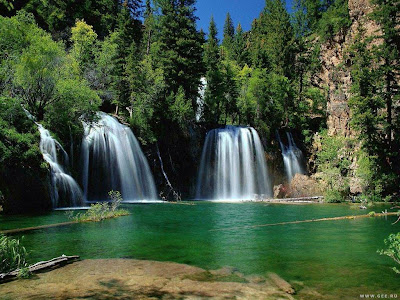
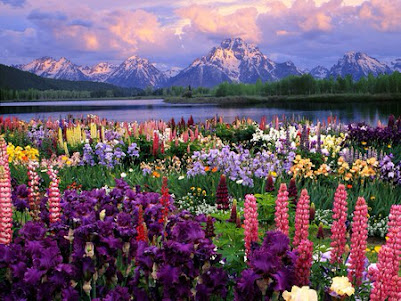

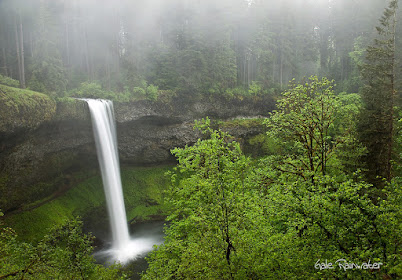
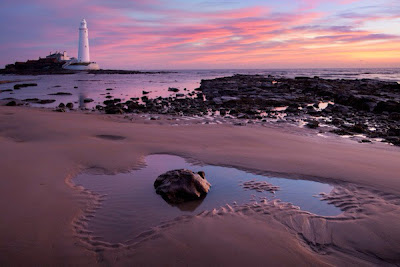
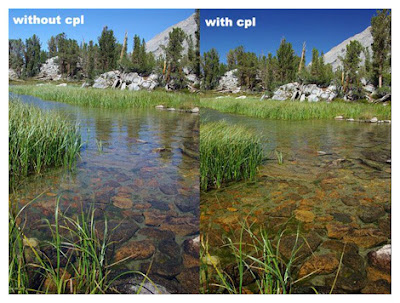
No comments:
Post a Comment